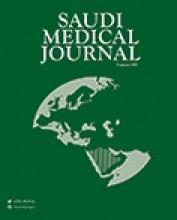Abstract
OBJECTIVE: The aim of this study was to investigate the histopathological changes of human temporomandibular joint osteoarthrosis following intra-articular injection of triamcinolone acetonide, and compare the results to these of control group.
METHODS: One hundred and forty nine patients who complained of temporomandibular joint dysfunction underwent non-surgical treatment for at least 6 months. Twenty three patients had high condylectomy as a treatment. Forty four patients received two intra-articular injections of triamcinolone acetonide. Histological study was carried out on 44 specimens from 41 patients, the histological changes were recorded for each specimen.
RESULTS: Patients who received temporomandibular intra-articular injection of triamcinolone acetonide showed damage to the fibrous layer (100%), to the cartilage (64%) and to the bone (42%). In those cases treated by condylectomy there were changes in the fibrous layer (100%), in the cartilaginous layer (68%) and to the bony layer (32%). Analysis of the results showed that the changes seen in the steroid (triamcinolone acetonide) group were more obvious than the changes in the non-steroid group.
CONCLUSION: The result of this study indicated that intra-articular injection of steroid (triamcinolone acetonide) into human osteoarthritic temporomandibular joints acts as a lytic agent.
- Copyright: © Saudi Medical Journal
This is an open-access article distributed under the terms of the Creative Commons Attribution-Noncommercial-Share Alike 3.0 Unported, which permits unrestricted use, distribution, and reproduction in any medium, provided the original work is properly cited.






